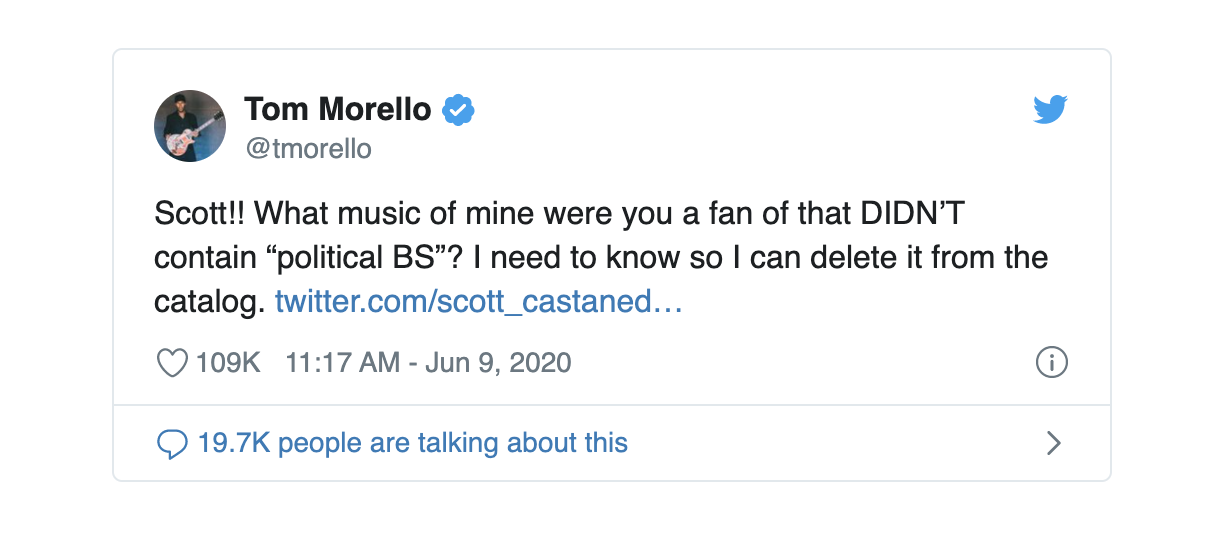Franz Kafka’s unfinished first novel, published by his literary executor Max Brod as Amerika, tells the story of a young European exiled in New York City. He has a series of madcap adventures, winds up in Oklahoma as a “technical worker,” and adopts the name “Negro.” Amerika is a novel written by an artist who had never been to America nor met an American. His impression of the country came entirely from his reading. And yet, Kafka leaves readers with an authentically vivid, lasting impression of the harried din of American life.
We may feel similarly when watching the films of Sergio Leone, who had never seen the West when he started making Westerns. Detached from their cultural origins, Western tropes in the Italian director’s hands reveal their archetypal depths as avatars of lawless violence.
Europeans have been dreaming imaginary Americas for hundreds of years. And given U.S. popular culture’s global reach in the 20th century, nearly every place in the world has its own Americana, an homage from afar made up of local ingredients. Nowhere, perhaps, is this truer than in Japan.
“Jazz and Japan shouldn’t mix,” notes Colin Marshall in an earlier post on Japanese jazz, quoting the book All-Japan, which alleges a lack of improvisation in Japanese culture. But they have mixed particularly well, as you can hear in the 30-minute mix of 70s Japanese jazz above from Coffee Break Sessions, a YouTube channel filled with introductions to genres and styles from around the world. What’s more, jazz arrived in Japan as a double import, two steps removed. It “dates back to the 1920s,” writes Marshall, “when it drew inspiration from visiting Filipino bands who had picked the music up from their American occupiers.” When Japan itself was occupied by U.S. soldiers two decades later, the country already had a jazz tradition.
Japanese culture has long since surpassed the American influences it absorbed to create hybrid genres Americans have been furiously importing at a seemingly exponential rate. One of the newest such genres was actually created by an American DJ, Van Paugam, who aggregated a collection of Japanese records into what he calls “City Pop.” In another Open Culture post on this YouTube phenomenon, Marshall describes the music as “drawing influences from Western disco, funk, and R&B, and using the latest sonic technologies mastered nowhere more than in Japan itself.” Like Japanese jazz, city pop comes from music that began in the U.S. but become globalized and cosmopolitan as it traveled the world.
Paugam characterizes his City Pop mixes as infused with “themes of austere feelings, melancholic vibes, and a sense of having memories of living in a different time and place.” The cultural dislocation one might feel when listening to these songs comes from their uncanniness—they sound like hits we might have heard on top 40 radio, but their idioms don’t exactly click into place. This is especially apparent in the Coffee Break Sessions mix of late 70s, early 80s Japanese pop singers, above.
But there’s something too provincial in calling City Pop—or the disparate types of smooth pop that fall under the designation—a Japanese take on American music, since American music is itself a hybrid of global influences. YouTube phenomena like City Pop have themselves become part of a universal internet pop culture that belongs everywhere and nowhere. Someday everyone will experience the historic 80s pop music of Japan just as they’ll experience the historic 80’s pop music of everywhere else: as part of what Paugam calls a “false sense of nostalgia” for a past they never knew. Hear more mixes of Japanese pop, jazz, and funk over at Coffee Break Sessions.
Related Content:
Josh Jones is a writer and musician based in Durham, NC. Follow him at @jdmagness






